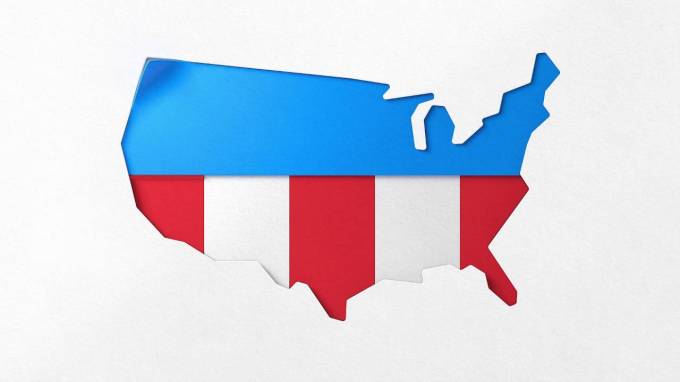Rounds versus appropriations. Term sheets versus term limits. Silicon Valley and Washington speak different languages, but we mostly understand each other. The same is less true of conversations between the economic and political elites and the constituencies they serve.
President-elect Trump and members of the new administration met with tech leaders on Wednesday, where Trump told Elon Musk, Larry Page, and Sheryl Sandberg, among others, that “there’s no one in the world like you!”
Sources told the New York Times that the off-the-record meeting included productive discussions on immigration and trade with China. But this rosy rhetoric isn’t surprising and threatens to mask a major problem that surfaced during the campaign: the growing cultural disconnect between tech innovators and the many Americans we serve.
This week is the perfect opportunity for technology executives and investors to lead an open, public conversation about how we can innovate for all Americans, many of whom feel threatened by automation and technological progress.
This election highlighted many problems that tech leaders are starting to address—and fake news is only one of them. It’s time investors and founders expand our focus to help solve the tough civic and economic problems that surfaced during the campaign. Here are some questions we should be asking ourselves.

Are we investing in products made for average Americans?
In Silicon Valley, people strive to conserve time. In the rest of America, people conserve money. Much of the on-demand economy is built to help busy professionals save time and reduce hassle. While many on-demand companies are great businesses—with some employing hundreds of thousands of people— there are serious problems plaguing Americans that have little to do with saving time.
Companies like the General Catalyst investment Digit, which helps consumers easily save money by automating the savings process, or Wish and Hollar, mobile commerce companies that sell affordable goods to people across the country, are proving that the needs of average Americans can be served through commercial tech products. What makes these companies timely is that their founders eschewed trickle-down business models. They envisioned the problems of the average consumer—and solved their problems first.
In the same vein, there are national problems—including underemployment and mental health— that are too big for investors to ignore.
Products that foster wellness should be top of mind for investors, as advances in machine learning are making personalized health solutions cheaper and broadly accessible. Similarly, a new crop of tech-enabled educational products and vocational schools, such as Guild Education in Denver, are giving workers new skills for career advancement for the automated economy.

Are we creating products that unite people of differing viewpoints?
The decades-long push to personalization of news has given rise to some of the most beloved consumer companies of our era. But is now apparent that that siloed media can destroy civic discourse—and help misinformation go viral.
As Facebook grapples with product changes to fend off fake news, every venture-backed company should evaluate how product design affects their communities, for better or worse. Are there product fixes and features that encourage debate among people who are skeptical of one another?
Airbnb (another General Catalyst investment) and NextDoor are two prominent examples of companies addressing these questions head on. To combat racial bias on their platform, Airbnb created a new product team to monitor discrimination and will now offer bias training to its hosts.
Nextdoor, a neighborhood social media platform, has changed its user experience in relation to crime: it now requires description of suspicious behaviors rather than descriptors of suspects, coaching users away from biased assumptions. These companies show how product design can improve societal ills, and investors can push for these changes.

Are executives and investors getting out of the Silicon Valley echo chamber?
Om Malik says Silicon Valley has an empathy problem. For investors, it’s often a bias problem—a bias towards solving problems we see up close. As a Washington Post reporter in the BB (Before Bezos) Era, I begged for funds to cover stories outside our nation’s capital, knowing that reporters can’t truly empathize with what they don’t see and report firsthand.
Silicon Valley investors don’t have dire funding constraints, yet I’ll be the first to admit that we need to leave the Bay more to truly understand the problems affecting rural America. The rural-urban divide is obvious and will widen if technologists overlook the markets between the coasts. If we want the impact of Silicon Valley to expand, we have to witness and address the problems unique to communities outside our own.
The bifurcation of American society is not only a Washington problem, it’s a business problem. Beyond denouncing the election results, let’s ask why this massive market of voters supported Trump’s candidacy and find opportunities for technology to improve their lives, as well.
